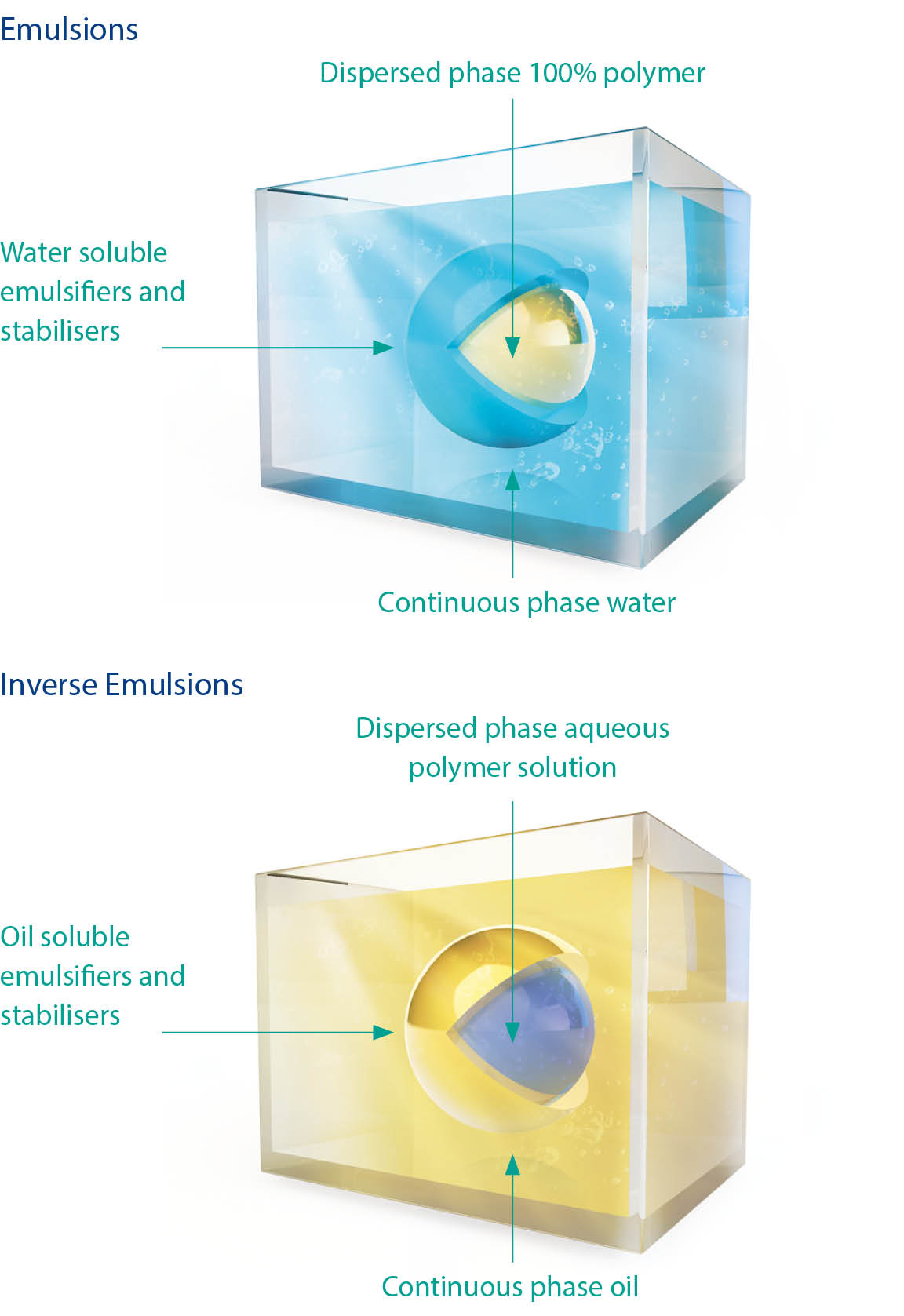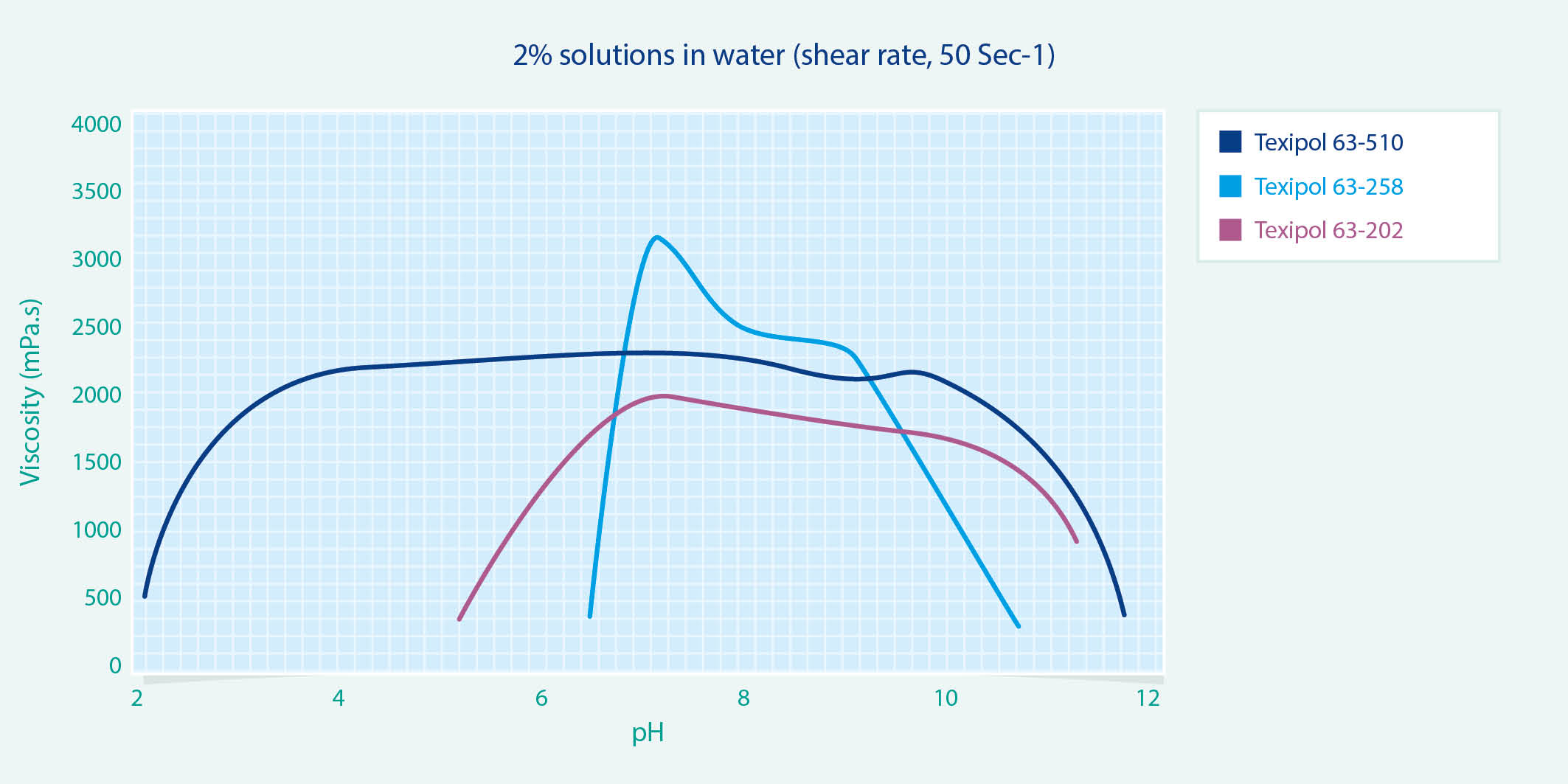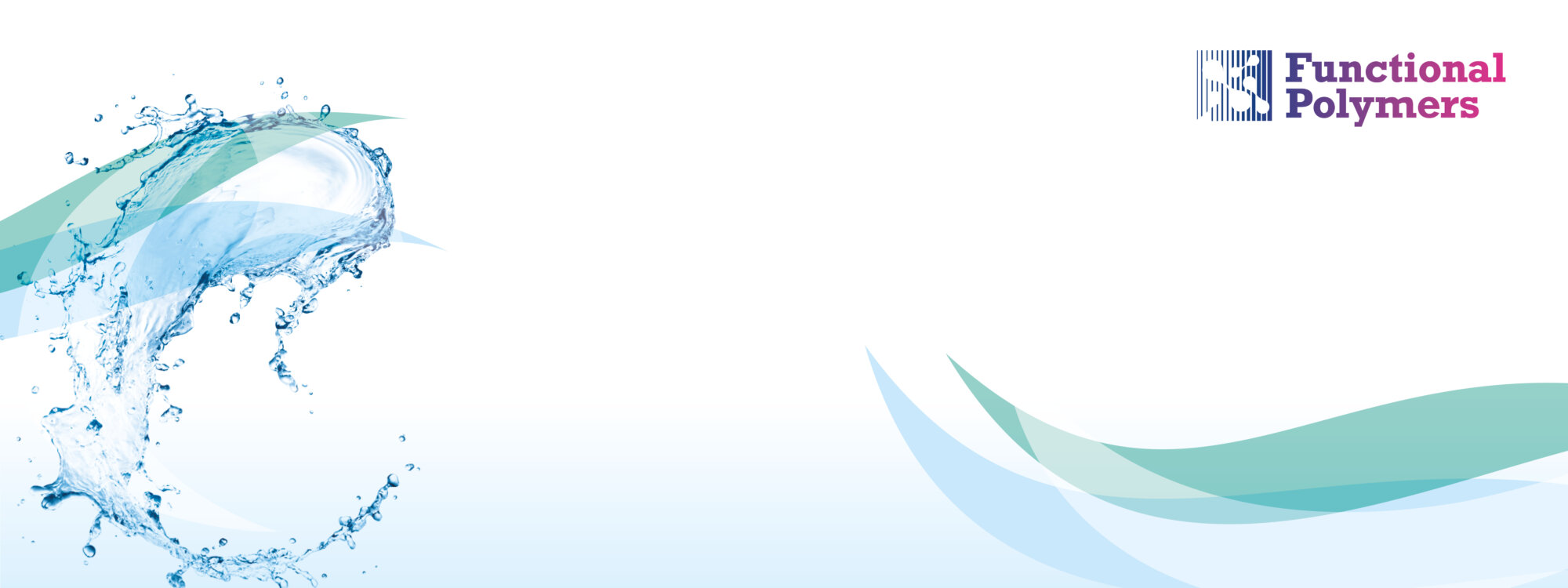Inverse emulsion thickeners
 Conventional emulsions, in technical terms, are oil-in-water emulsions i.e the continuous phase is water. Inverse emulsions are simply the opposite i.e water in oil emulsions with the continuous phase being an oil.
Conventional emulsions, in technical terms, are oil-in-water emulsions i.e the continuous phase is water. Inverse emulsions are simply the opposite i.e water in oil emulsions with the continuous phase being an oil.
Texipol inverse emulsions are manufactured directly from the pre-neutralised liquid monomers that are intimately dispersed in the oil phase followed by a controlled polymerisation process to yield the liquid thickener. The diagram (right) shows the essential differences between conventional and inverse emulsions.
Mechanism and Benefits of Texipol Inverse Emulsion Thickeners
When Texipol is added to water or a waterborne system, the Texipol “inverts” with the help of the water soluble emulsifiers and water becomes the continuous phase. The hydrophilic polymer particles swell rapidly and the resulting highly swollen structure leads to a rapid increase in viscosity.
Texipol thickeners are supplied in a pre-neutralised form which means there is no requirement for additional alkali or surfactant addition to achieve thickening. In most applications, Texipol thickeners can be added at any stage of formulating, including post-thickening of systems, thus allowing greater flexibility when formulating.
In general terms a thickener has three functions to fulfil in a typical formulation:
a. To increase viscosity
b. To stabilise the dispersion of insoluble components such as pigments
c. To modify the flow.
Formulation Guidelines for Texipols :
Product selection: The rheology, flow and viscosity efficiency is dependent on other ingredients in a formulation. Dissolved salts and surfactants are known to effect both the flow and efficiency of a Texipol thickened solution.
To determine the concentration level of Texipol required in a formulation: The exact amount of thickener required can only be determined by experimentation and depends on the required viscosity and the nature of the other ingredients in the formulation. For typical applications of Texipol where paste-like viscosities are required, start with a 2% (on total) addition level of Texipol and increase the amount until the desired viscosity is achieved. For lower formulation viscosities, 1% or less of Texipol may be needed. As the polymer is preneutralised the thickening effect is almost instantaneous under high shear stirring and can be added to thicken a formulation at any stage of the manufacturing process. Additional Texipol can be added at the end of a batch to conveniently adjust the viscosity up to the target level.
How to add: The batch to be thickened should be thoroughly and uniformly mixed to achieve a homogeneous product and to avoid local thickening. High shear mixing is recommended for the best results. Problems can arise if the stirrer is too slow or too small and does not move the total batch (i.e. a localised thickening effect is noticed around the blade, and the mix is not homogeneous). Texipol is shear stable, but thickened formulations do shear thin. What to avoid: High concentrations of dissolved salts and some surfactants will dramatically reduce the viscosity efficiency of Texipol. The presence of polyvinylalcohol emulsions can cause sharp viscosity increases in some inverse emulsion thickened compounds.


